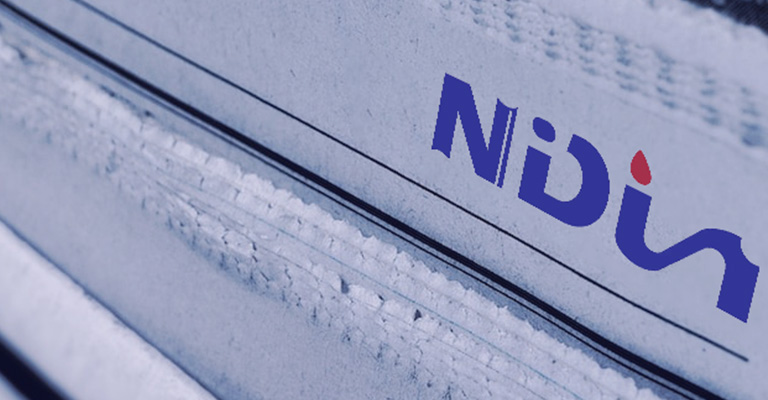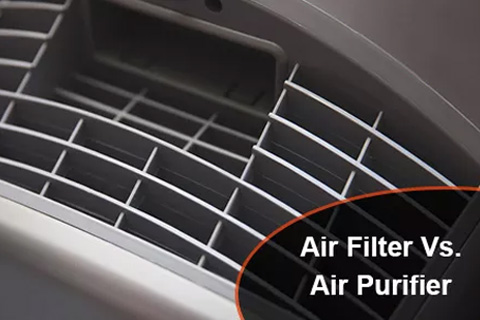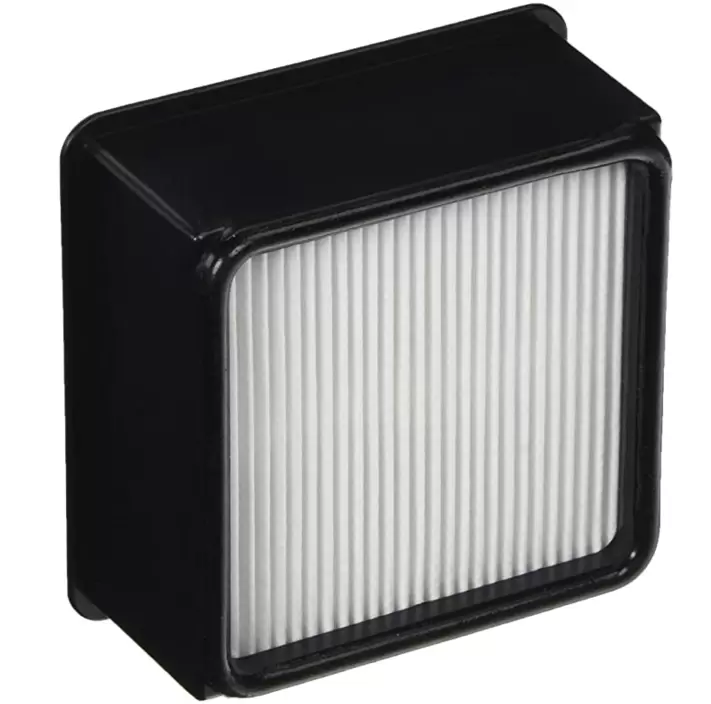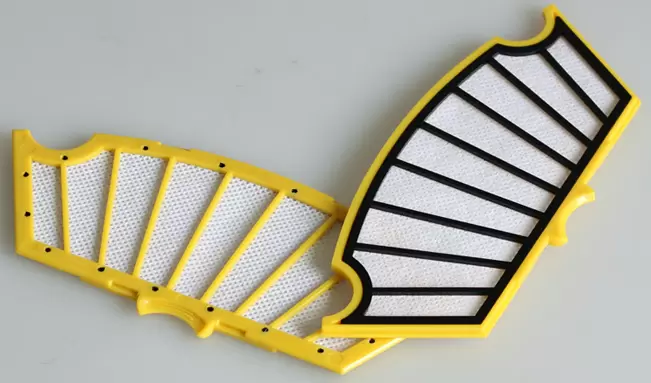Position: Home > About Us > News and Blog > How to Choose the Right Edge Sealing Filter for Your Filtration Needs
How to Choose the Right Edge Sealing Filter for Your Filtration Needs
Filtration systems play a crucial role in various industries, from HVAC and cleanrooms to pharmaceuticals and industrial manufacturing. Among the numerous filtration technologies available, Edge Sealing Filters stand out for their enhanced durability, sealing efficiency, and superior particle capture capabilities. Choosing the right Edge Sealing Filter is essential to ensure optimal performance, longevity, and cost-effectiveness. This guide will walk you through the key factors to consider when selecting an Edge Sealing Filter for your filtration needs.
Understanding Edge Sealing Filters
Edge Sealing Filters are designed with a high-performance seal along the filter edges, ensuring a secure fit within the filtration system. This sealing prevents air or fluid bypass, enhancing filtration efficiency and extending the filter's lifespan. These filters are widely used in high-efficiency applications, including cleanrooms, medical facilities, industrial exhaust systems, and air handling units.
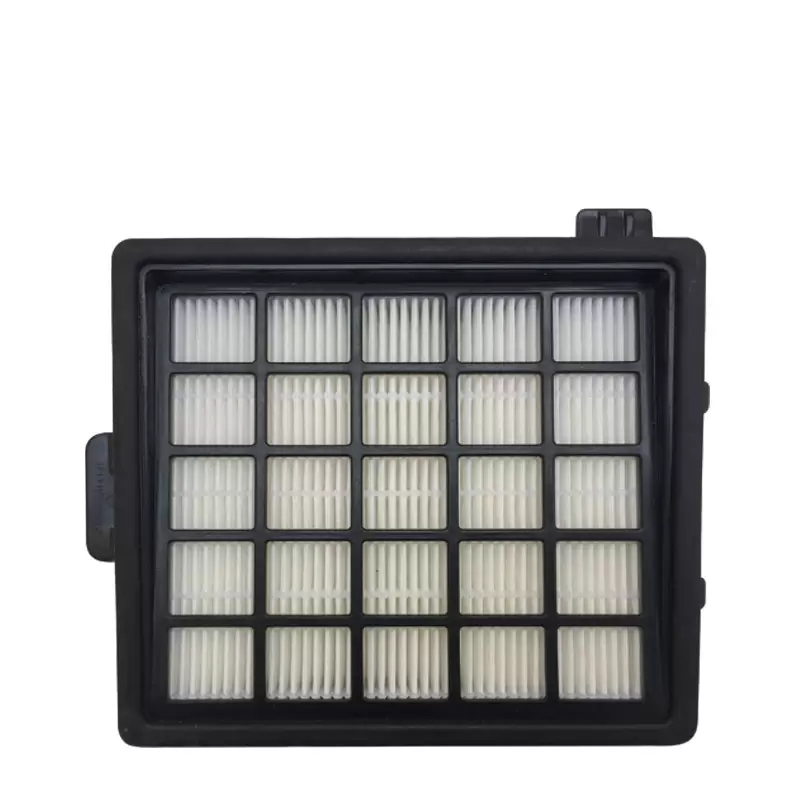
Key Factors to Consider When Choosing an Edge Sealing Filter
1. Filtration Efficiency and Performance
The first and foremost factor to consider is the filter's efficiency. Edge Sealing Filters come with different filtration ratings, such as HEPA (High-Efficiency Particulate Air) or ULPA (Ultra-Low Penetration Air). Understanding the filtration standard required for your application will help you choose the right filter.
HEPA Filters: Capture at least 99.97% of particles as small as 0.3 microns, making them ideal for cleanrooms, medical applications, and laboratories.
ULPA Filters: Provide an even higher level of filtration efficiency, capturing 99.999% of particles as small as 0.12 microns, suitable for semiconductor manufacturing and pharmaceutical environments.
2. Application Requirements
Different industries have specific requirements for filtration. Before choosing an Edge Sealing Filter, evaluate the environmental conditions and application needs:
HVAC and Cleanroom Systems: Require high-efficiency filters to maintain air quality and prevent contamination.
Industrial Processes: Need robust filters capable of handling dust, fumes, and chemical particulates.
Medical and Pharmaceutical Facilities: Demand superior filtration to maintain sterile environments.
Automotive and Aerospace: Require high-performance filters to manage air quality in confined spaces and production facilities.
3. Material Composition and Durability
Edge Sealing Filters are available in various materials, each offering distinct benefits. Choosing the right material ensures long-lasting performance and reliability.
Fiberglass Media: Commonly used in high-efficiency filters for superior particle capture.
Synthetic Media: Offers improved moisture resistance and durability.
Activated Carbon Layers: Help in capturing odors, gases, and volatile organic compounds (VOCs).
Metal Frames and Edge Seals: Enhance structural integrity in high-temperature or corrosive environments.

4. Sealing Technology and Air Leakage Prevention
The sealing mechanism of an Edge Sealing Filter is critical in preventing air or fluid bypass. A high-quality seal ensures that all contaminants pass through the filter media instead of leaking around the edges.
Polyurethane Gasket Seals: Provide a tight, flexible seal that adapts to filter housings.
Silicone Edge Seals: Ideal for high-temperature applications.
Gel Seals: Offer the highest level of leak prevention, commonly used in HEPA and ULPA filters.
5. Size and Compatibility
Filters come in various sizes and configurations. Ensuring that the Edge Sealing Filter fits seamlessly into your filtration system is vital for optimal performance. Take precise measurements of the filter housing and choose a filter that meets the required dimensions and design specifications.
6. Maintenance and Replacement Schedule
A filter’s lifespan depends on several factors, including the environment, air quality, and usage. When selecting an Edge Sealing Filter, consider:
Service Life: How long the filter will last before requiring replacement.
Ease of Replacement: Whether the filter can be easily swapped without disrupting operations.
Maintenance Costs: The overall cost of maintaining the filter over time.
Using a filter monitoring system or differential pressure gauges can help determine when the filter needs to be changed to maintain efficiency.
7. Regulatory Compliance and Industry Standards
Many industries have strict filtration standards that must be met for compliance. Ensure that the Edge Sealing Filter you choose meets the necessary certifications and standards, such as:
ISO 16890 (for air filter performance)
ASHRAE 52.2 (for particulate efficiency ratings)
EN 1822 (for HEPA and ULPA classification)
FDA or GMP Compliance (for medical and pharmaceutical applications)
8. Cost vs. Performance Balance
While budget considerations are important, selecting a low-cost filter that does not meet performance requirements can lead to higher operational expenses in the long run. Investing in a high-quality Edge Sealing Filter ensures:
Improved energy efficiency
Reduced downtime
Lower replacement frequency
Better overall air quality and system performance
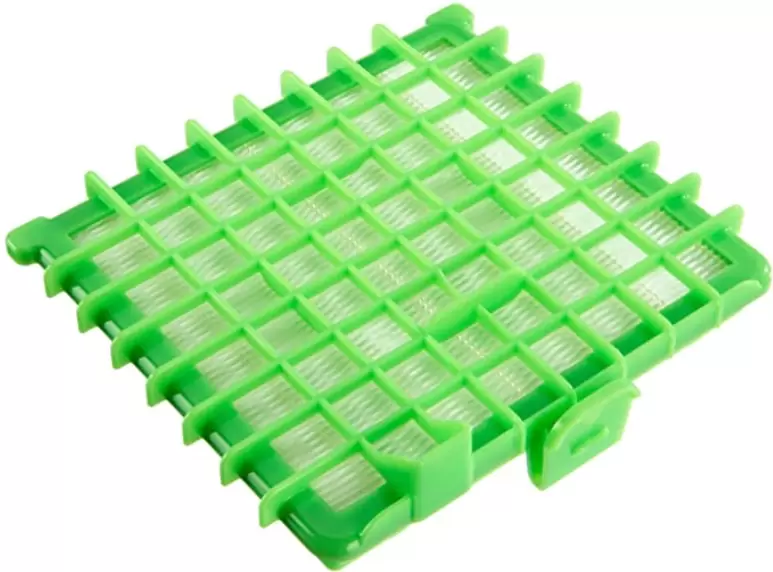
Conclusion
Selecting the right Edge Sealing Filter is essential for achieving optimal filtration performance, maintaining air quality, and protecting equipment. By considering factors such as filtration efficiency, application requirements, material composition, sealing technology, size compatibility, maintenance needs, regulatory compliance, and cost-performance balance, you can make an informed decision that best suits your needs.
Investing in high-quality Edge Sealing Filters ensures a cleaner, safer, and more efficient environment for your operations. Whether you need filters for industrial use, cleanrooms, or HVAC systems, taking the time to evaluate these factors will help you choose the most effective solution for your filtration requirements.
Edge Sealing Filters in Industrial Applications: Why They Are Essential


